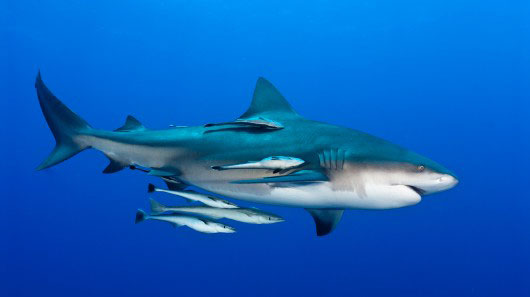Microbial Interactions
Introduction
Microbial interactions refer to the complex relationships between different types of microorganisms. These interactions play a crucial role in various ecosystems, from soil and water environments to human health and disease. Understanding microbial interactions is essential for bioinformaticians and microbiologists alike, as it helps us comprehend how microbes influence each other and their surroundings.
In this guide, we'll delve into the world of microbial interactions, exploring key concepts, examples, and practical applications. Whether you're a beginner or an experienced researcher, this resource aims to provide a comprehensive overview of this fascinating field.
Types of Microbial Interactions
Microbes interact with each other in various ways, including:
- Mutualism
- Commensalism
- Parasitism
- Amensalism
- Symbiosis
Let's explore each of these types in detail:
1. Mutualism
Mutualism is a relationship where both organisms benefit from each other's presence. One classic example is the relationship between clownfish and sea anemones.
markdown

The remora fish attaches itself to the shark's body and feeds on leftover blood and other nutrients. This interaction doesn't harm the shark and provides sustenance for the remora fish. ``
3. Parasitism
Parasitism involves one organism benefiting at the expense of another. A well-known example is tapeworms in humans.
markdown

Some bacteria produce substances that inhibit fungal growth, creating an amensalistic relationship. This prevents the fungus from competing for resources in the same environment. ``
5. Symbiosis
Symbiosis is a broad term encompassing all types of close and long-term relationships between different biological species. It includes mutualism, commensalism, and parasitism.
markdown

Bioinformaticians use specialized software to compare genomes and identify genes involved in microbial interactions. This helps in understanding how microbes adapt to different environments and interact with each other. ``
2. Metagenomics
Metagenomics involves analyzing genetic material directly from environmental samples without culturing organisms. This approach allows researchers to study complex microbial communities and their interactions.
markdown

Bioinformaticians use systems biology tools to create models that represent microbial interactions. These models can predict how changes in one microbe might affect its interactions with others. ``
4. Synthetic Biology
Synthetic biologists design new biological systems or engineer existing ones to produce specific functions. Understanding microbial interactions informs these designs and helps predict potential outcomes.
markdown